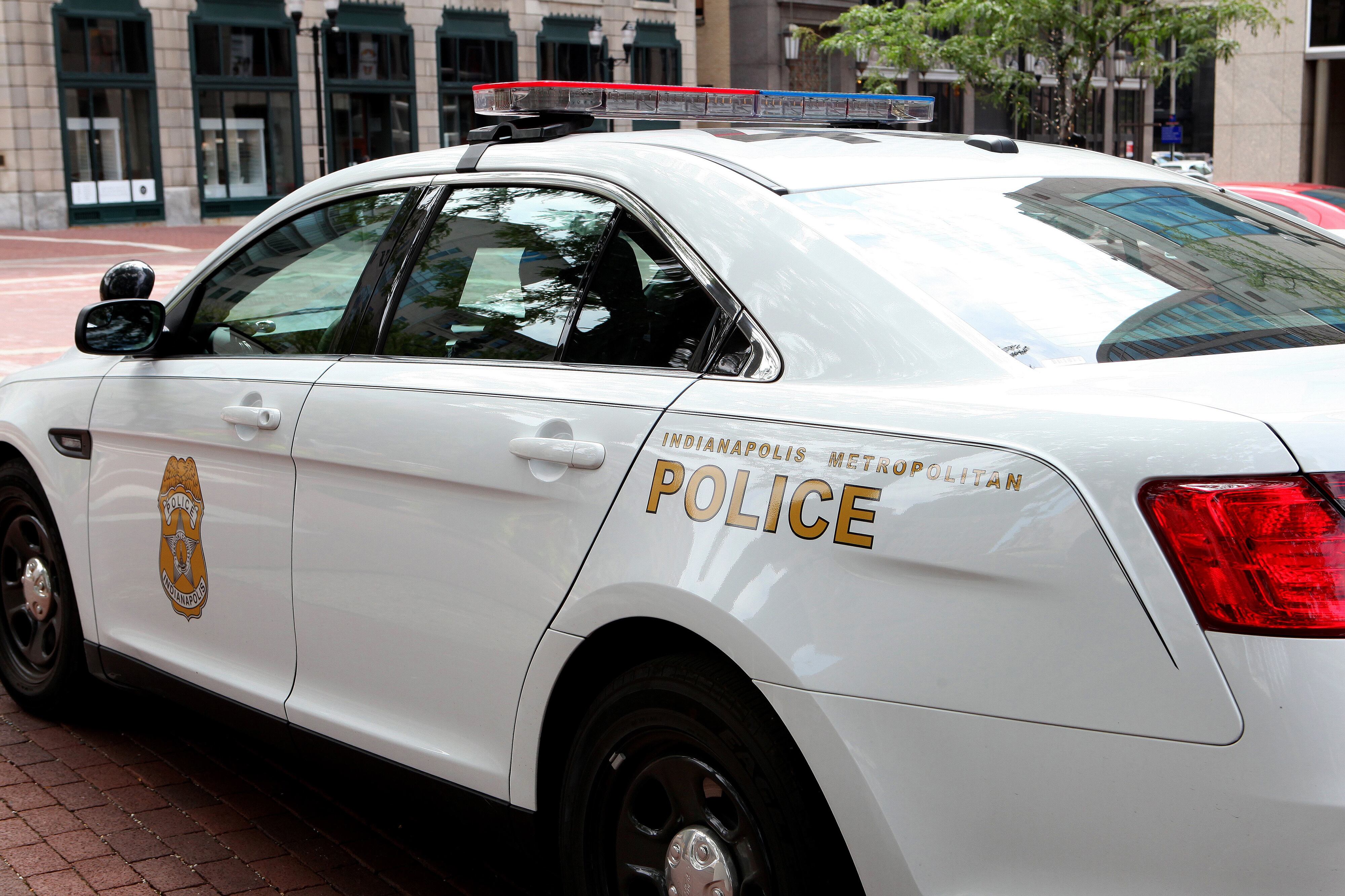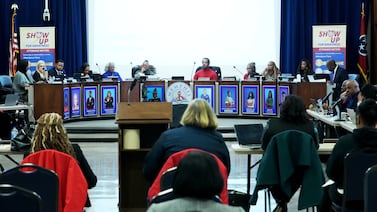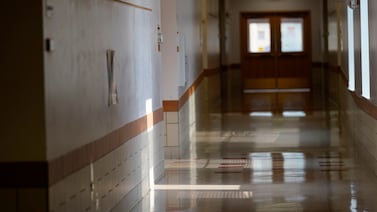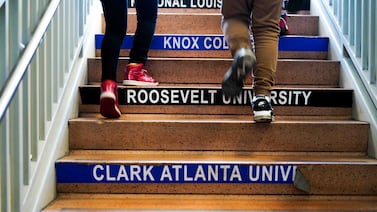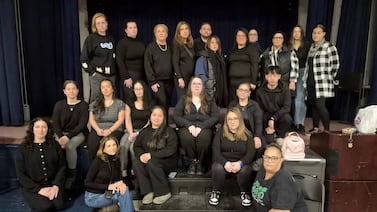Sign up for Chalkbeat Indiana’s free daily newsletter to keep up with Indianapolis Public Schools, Marion County’s township districts, and statewide education news.
This article was co-reported by Chalkbeat Indiana and Axios Indianapolis as part of a reporting partnership about youth gun violence in Indianapolis.
In the four months that the Indianapolis Metropolitan Police Department started more strictly enforcing the city’s curfew for minors, officers have picked up just three kids for violating it — or at least that’s all the department’s communications team could track down.
The department isn’t tracking data about its use of the curfew law.
IMPD held a press conference in April to announce it would start enforcing the city’s curfew law in response to a late-night weekend shooting that injured seven kids between the ages of 12 and 16.
“We were trying to get parents and guardians to step it up so we didn’t have to enforce it,” said IMPD spokesperson Alexa Boylan, “and that’s what we’re seeing.”
Boylan said she’s only aware of three minors — ages 10, 16, and 17 — who have been picked up by police and were later released to their parents.
But the department wasn’t tracking curfew violations before it said it was stepping up enforcement in April and hasn’t been tracking them since, she said.
A record number of Indianapolis young people were killed by gunfire last year, despite overall homicides trending down. City violence reverberates through school communities, as students can experience trauma and stress, and studies show they perform worse academically.
Enforcing the curfew was supposed to be another tool in the city’s ongoing effort to curb the skyrocketing youth gun violence problem, but it’s hard to evaluate how well that effort is working if the department isn’t keeping track of the number of minors being impacted by the stricter enforcement strategy.
For example, instances when police warn minors about the curfew and they disperse without being picked up, such as during the July Fourth weekend when IMPD broke up a “large gathering of juveniles” downtown, are not being tracked or recorded.
This approach isn’t uncommon in public policy, said Thomas Stuckey, a professor of criminal justice at IU Indianapolis. Policymakers trying to address problems in real time often rely on anecdotal evidence rather than scientific data collection and analysis, he said.
But when evaluating the effect of a policy change, he said, “the answer is very often we don’t know.”
Under the curfew law, children younger than 15 cannot be in public without an adult between 11 p.m. and 5 a.m. every day. The curfew is the same for teens between 15 and 17 during weekdays, but extended until 1 a.m. on Saturdays and Sundays. There are several exceptions, including minors traveling for work, a school activity, religious event, or emergency.
IMPD officers use the public address systems on their patrol cars to make announcements about the curfew 30 and 15 minutes before, followed by another at curfew time. Kids found breaking curfew can be picked up by officers who will then attempt to alert parents or guardians.
Parents have “a reasonable amount of time” to pick up their child before they’re taken to the juvenile detention center. Violating the curfew is a noncriminal offense.
Enforcing the curfew may not be an effective strategy to curb youth violence anyway, said Dena Carson, associate professor and director of criminal justice and public safety management programs at Indiana University Indianapolis.
Curfews are a method of intervention rather than prevention, she said, and they disproportionately affect youth of color in the city.
“We might be causing more harm in the long run in terms of the negative consequences of police contact,” Carson said.
Read the Axios Indianapolis story here.
Arika Herron is a reporter for Axios Indianapolis. You can reach her at Arika.Herron@axios.com.
Haley Miller is a summer reporting intern covering education in the Indianapolis area. Contact Haley at hmiller@chalkbeat.org.

